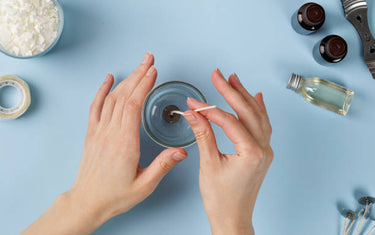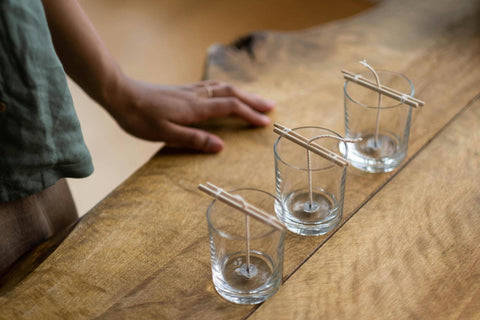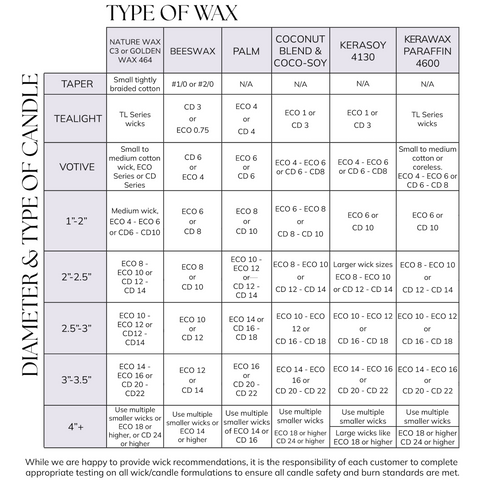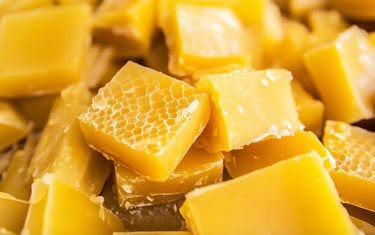3 min read / 19 March 2024 / yasmin sharp
How to Choose the Right Wick Size for Candle-Making
Learn the essentials of selecting the right wick size for candle-making, focusing on diameter, wax type, and additives.
Share this post

When it comes to making your own candles, there are so many colours, waxes and scents to choose from that it’s easy to overlook one of the most important elements – the candle wick.
There’s a lot more to candle wicks than meets the eye, as their burn efficiency is affected by quite a few different factors, including wax type, scents, colour dyes and candle diameter.
To help you learn how to work out wick size for candles, we’ve put together a short guide that tells you what to look out for.
Why is wick size important?Knowing what size candle wick to use is important because it will have a direct affect on how the wax is drawn into the flame. If a wick is too small for the candle it won’t be able to draw enough liquid wax, which will produce a weak flame. Wicks that are too large do the opposite and receive too much liquid wax, which can make the flame too hot, making it produce excessive soot. |

How to choose wick size for candles
If you want to learn how to work out wick size for candles, there are three main factors to consider:
1. Measure the candle diameter
In order to know what size candle wick to use you first need to measure the diameter of the candle.
To do this, use a measuring tape or ruler to measure from one edge of the candle to the other.
It is relatively easy to find a single wick that can produce enough heat for candles that are 3.5 inches in diameter or less.
Candles that are 4 inches or larger in diameter are more suited to multiple wicks, as using a single, thicker wick will likely create too much smoke and soot.
2. Check the type of wax being used
The second part of understanding how to choose wick size for candles is the type of wax used to make it.
This is because each type of wax has its own melting point and density which requires a certain level of heat to ensure it produces a stable burn.
For example, beeswax is quite sticky and hard, so cotton braid wicking is best suited to this type of wax, as they start to curl once they are lit, which reduces a build-up in carbon.
3. Consider the type of scent and dye
The last element to consider is the essential oil or fragrance oil that is included in the recipe.
This also applies even if there is no scent but you are using a colour dye.
Some oils and dyes can interfere with the candle burn, so it’s important to carry out a test burn for every recipe to see how it reacts.
What works for one recipe may not work for another, so testing is key, especially if you are thinking of selling your candles.
Candle wick size chart

View the recommended wick sizes chart as a pdf
Final thoughts
Whilst candle wicks seem to do a very simple job, there are quite a few things to consider before choosing one for your recipe.
Once you know the diameter of the candle, you then have to think about the wax being used and any scents or colour dyes that may have an impact.
There will be some trial and error involved in the process, so it’s always a good idea to carry out a burn test to see if any small changes need to be made to help you create the perfect candle.









